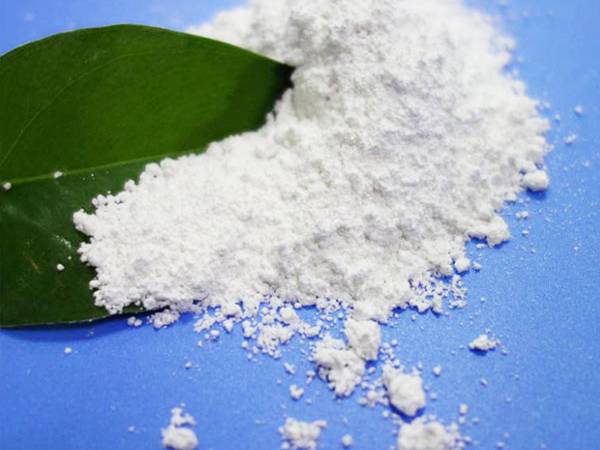



Preparation and Applications of 0.1% Sodium Hydroxide Solution in Laboratories
Understanding 0.1% Sodium Hydroxide Applications and Safety Considerations
Sodium hydroxide (NaOH), commonly known as caustic soda or lye, is a versatile and powerful chemical widely used in various industries, from food processing to manufacturing and cleaning agents. A 0.1% solution of sodium hydroxide is a diluted form that retains some of the essential characteristics of the compound but is significantly less corrosive than its concentrated counterparts. In this article, we will explore the properties, applications, and safety considerations associated with a 0.1% sodium hydroxide solution.
Chemical Properties
Sodium hydroxide is an ionic compound that highly dissociates in water, yielding sodium ions (Na+) and hydroxide ions (OH-). Even a diluted solution can have a significant pH, often exceeding 13, making it a strong base. The corrosive nature of sodium hydroxide makes it an essential chemical in industries that require pH adjustment, saponification, or the neutralization of acids.
When prepared, a 0.1% sodium hydroxide solution consists of 0.1 grams of NaOH dissolved in every 1000 mL of water. This low concentration allows for various applications where a stronger base might be hazardous or undesirable.
Applications
1. Laboratory Use In analytical chemistry, 0.1% sodium hydroxide is often used as a titrant in acid-base titrations. Its low concentration allows for precise measurements and greater control while minimizing the risks associated with stronger bases.
2. pH Adjustment Many chemical processes require careful pH management. A 0.1% sodium hydroxide solution provides an effective means to raise the pH in various water treatment processes, such as swimming pools or industrial wastewater, ensuring proper conditions for microbial life or facilitating chemical reactions in controlled environments.
3. Cleaning Agent The mild alkalinity of a 0.1% sodium hydroxide solution makes it suitable for cleaning delicate equipment in laboratories and food processing facilities. This concentration can effectively remove organic residues while being less abrasive than higher concentrations, making it a preferred choice for sensitive environments.
4. Food Industry In the food industry, sodium hydroxide is used in processes like curing olives and preparing pretzels. A diluted solution helps control the concentration of lye in the food product, ensuring it is safe for consumption while maintaining the intended flavor and texture.
0.1 m sodium hydroxide

5. Biotechnology 0.1% sodium hydroxide is used as a cleaning and sterilization agent in the biotechnology field. Its mild properties make it less likely to affect sensitive biological materials compared to higher concentrations, while still effectively inactivating proteins and nucleic acids.
Safety Considerations
While a 0.1% sodium hydroxide solution is significantly safer than its concentrated forms, caution is still warranted. Here are some critical safety considerations
- Skin and Eye Protection Even at low concentrations, sodium hydroxide can cause irritation. Proper protective equipment, including gloves and goggles, should be worn to avoid contact with skin and eyes.
- Inhalation Risks Although sodium hydroxide is not typically a respiratory irritant at low concentrations, proper ventilation is crucial when handling the solution to minimize any inhalation risk.
- Environmental Concerns Sodium hydroxide can alter the pH of water bodies, posing risks to aquatic life. Proper disposal methods should be employed to prevent environmental contamination.
- Storage Sodium hydroxide should be stored in a cool, dry place in securely sealed containers to prevent accidental leakage and minimize exposure to moisture, which could cause the container to corrode or the chemical to degrade.
Conclusion
A 0.1% solution of sodium hydroxide is a valuable resource across multiple fields, including chemistry, food processing, and cleaning applications. Understanding its properties, applications, and safety measures is crucial for anyone handling this chemical. Although it is much less hazardous than concentrated sodium hydroxide, awareness and precautions are still necessary to ensure safe and effective use. By adhering to proper safety guidelines and handling practices, users can maximize the benefits of this powerful yet versatile substance while minimizing risks.
-
Why Sodium Persulfate Is Everywhere NowNewsJul.07,2025
-
Why Polyacrylamide Is in High DemandNewsJul.07,2025
-
Understanding Paint Chemicals and Their ApplicationsNewsJul.07,2025
-
Smart Use Of Mining ChemicalsNewsJul.07,2025
-
Practical Uses of Potassium MonopersulfateNewsJul.07,2025
-
Agrochemicals In Real FarmingNewsJul.07,2025
-
Sodium Chlorite Hot UsesNewsJul.01,2025










